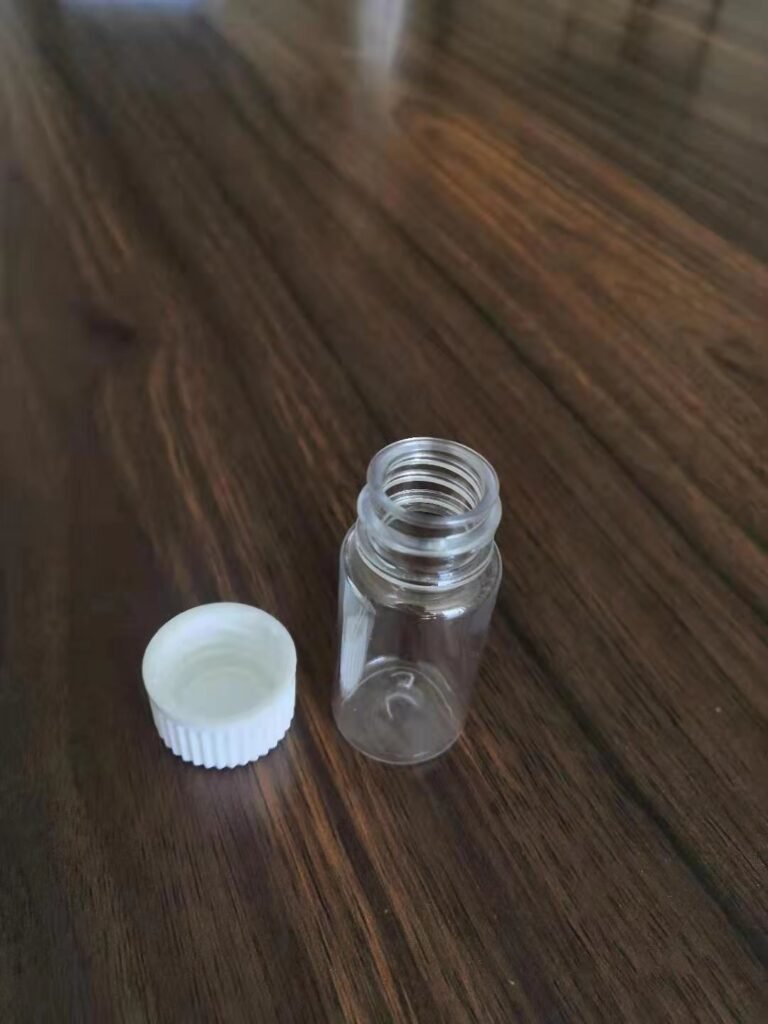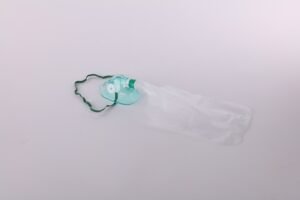
As a storage container, reagent bottle is widely used in chemical, food, biology, medicine, diagnosis, and other industries, but there are many kinds of plastics, such as HDPE (high-density polyethylene), PP (polypropylene), LDPE (low-density polyethylene), PC (polycarbonate), PET (poly (terephthalic acid), PS (polystyrene) and PETG (cyclohexane diol copolyester). For example, PP polypropylene can be divided into homopolymerized polypropylene, copolymerized polypropylene, and syndiotactic polypropylene. Bottles made of each kind of material have different chemical and physical characteristics. Therefore, it is very important to choose the material of the reagent bottle correctly for later use. If it is not selected properly, it will affect the quality of the materials and lead to safety risks. In this issue, we will first introduce two commonly used bottles made of HDPE and PP, and teach you how to choose these two bottles correctly by comparing the characteristics of the two materials.

1) Withholding temperature: Due to the different molecular structures (HDPE has no side chain and PP has side-chain methyl), the brittle temperature of the two materials is very different, the brittle temperature of HDPE is -100℃, and the brittle temperature of PP is 0℃, so when choosing reagent bottle stored at low temperature, reagent bottle of HDPE materials, such as 2-8℃ Buffer and- For plastic bottles used at high temperature (such as 121℃ autoclaving), it is necessary to choose PP material. HDPE material usually has the highest temperature of 120℃, while PP material has the highest temperature of 135℃.

2) Chemical corrosion resistance: reagent bottle made of HDPE and PP can resist acid and alkali at room temperature, but HDPE is superior to PP in oxidation resistance, so reagent bottle made of HDPE should be selected when storing oxidizing materials; Low molecular weight aliphatic hydrocarbons, aromatic hydrocarbons, and chlorinated hydrocarbons can soften and swell polypropylene, so HDPE plastic reagent bottle should be used when storing organic solvents such as benzene rings, n-hexane, and chlorinated hydrocarbons.
3) Toughness and impact resistance: due to the difference in molecular structure, HDPE and PP have great differences in toughness and impact resistance. Polypropylene has excellent bending fatigue resistance, but poor impact resistance, especially at low temperature, PP material has poor impact resistance, which is easy to crack after being made into finished bottles, so the reagent bottle of HDPE material is much better than that of PP material. Therefore, bottles made of PP are not suitable for low-temperature storage, which are easy to break after collision or impact, while bottles made of HDPE are much superior to those made of PP in this respect.

4) Transparency: Similarly, due to the influence of molecular structure, PP is more transparent than HDPE in terms of transparency, which is more conducive to observing the state of materials stored in bottles. However, at present, transparent PP bottles in the market are all made of transparent agents, so attention should be paid to the selection of PP material reagent bottles.
5) Sterilization mode: The only difference between HDPE and PP in sterilization mode is that PP can be sterilized at high temperature and high pressure, but HDPE can’t. Both of them can be sterilized by EO, irradiation (irradiation-resistant PP is required, otherwise it will turn yellow), and disinfectant.
6) UV resistance: PP material is slightly superior to HDPE material;

7) In terms of gas (N2, O2, CO2) barrier property, HDPE material is superior to PP, N2, and O2 in all aspects, and there is little difference in barrier property, but HDPE material is obviously superior to PP material for CO2 barrier property. Therefore, if the installed product is sensitive to oxygen and carbon dioxide, it is recommended to choose a reagent bottle made of HDPE material.
At present, there are many domestic manufacturers of HDPE and PP bottles with a wide range of selectivity. However, as packaging containers, especially those for the chemical industry, diagnosis, biochemical reagent, and medicine, we need to consider four aspects: sealing integrity, dissolution, precipitation, and particles. There are many domestic manufacturers of plastic reagent bottles, but few bottle manufacturers can really meet these four requirements. reagent bottle provided by HZROLLMED has undergone strict quality screening in terms of price and quality, and it is our pride to provide high-quality products.





